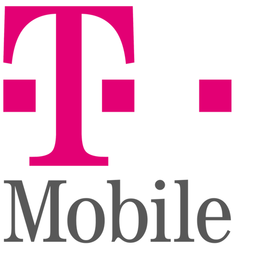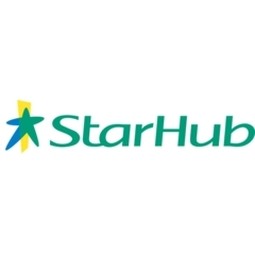Vodafone
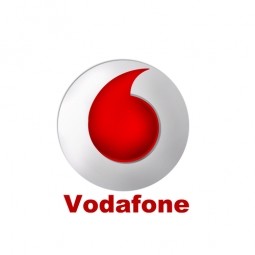
Overview
|
HQ Location
United Kingdom
|
Year Founded
1982
|
Company Type
Public
|
Revenue
> $10b
|
|
Employees
> 50,000
|
Website
|
Stock Ticker
NASDAQ: VOD
|
Twitter Handle
|
Company Description
Vodafone is a British multinational telecommunications company, has its headquarters in London and with its registered office in Newbury, Berkshire.Among mobile operator groups globally, Vodafone ranked fifth by revenue and second (behind China Mobile) in the number of connections (435.9 million) as of 2014.
IoT Snapshot
Vodafone is a provider of Industrial IoT networks and connectivity technologies.
Technologies
Use Cases
Services
Technology Stack
Vodafone’s Technology Stack maps Vodafone’s participation in the networks and connectivity IoT Technology stack.
-
Devices Layer
-
Edge Layer
-
Cloud Layer
-
Application Layer
-
Supporting Technologies
Technological Capability:
None
Minor
Moderate
Strong

Supplier missing?
Start adding your own!
Register with your work email and create a new supplier profile for your business.
Case Studies.

Case Study
GPRS Mobile Network for Smart Metering
Around the world, the electricity supply industry is turning to ‘smart’ meters to lower costs, reduce emissions and improve the management of customer supplies. Smart meters collect detailed consumption information and using this feedback consumers can better understand their energy usage which in turn enables them to modify their consumption to save money and help to cut carbon emissions. A smart meter can be defined in many ways, but generally includes an element of two-way communication between the household meter and the utility provider to efficiently collect detailed energy usage data. Some implementations include consumer feedback beyond the energy bill to include online web data, SMS text messages or an information display in consumers’ premises. Providing a cost-effective, reliable communications mechanism is one of the most challenging aspects of a smart meter implementation. In New Zealand, the utilities have embraced smart metering and designed cost effective ways for it to be implemented. The New Zealand government has encouraged such a move to smart metering by ensuring the energy legislation is consistent with the delivery of benefits to the consumer while allowing innovation in this area. On the ground, AMS is a leader in the deployment of smart metering and associated services. Several of New Zealand’s energy retailers were looking for smart metering services for their residential and small business customers which will eventually account for over 500,000 meters when the multi-year national deployment program is concluded. To respond to these requirements, AMS needed to put together a solution that included data communications between each meter and the central data collection point and the solution proposed by Vodafone satisfied that requirement.

Case Study
Helping Enexis Power Ahead with Smart Meter Rollout
Enexis is an independent grid operator and one of the largest energy distributors in the Netherlands. Working with energy suppliers, it manages 2 million gas and 2.6 million electricity connections to customers in seven provinces, representing approximately one third of the Dutch market. In 2008, a European Union (EU) directive stipulated that 80% of energy customers must be able to monitor energy consumption by 2020. The Dutch government responded by making a legal requirement for energy operators to install smart metering technology in homes. To meet these targets, Enexis will need to deploy approximately 5 million smart meters, each transmitting energy consumption data once a day, every day. Since 2011, Enexis no longer installs conventional meters, every new meter installed in the grid is a smart meter. This means that during the first few years of rollout, smart meters are installed across the grid. To achieve this, Enexis had several options. Routing data via Power Line Connections (PLC) was impractical because, to work effectively, entire districts would have to install smart meters simultaneously. With the initial rollout limited to replacing faulty meters and new installations, this was not viable. Transmitting data via WiFi, another option, would mean home owners needing a guaranteed connection. “Because we install smart meters that are scattered across our distribution network, the most effective solution was GPRS over M2M SIMs,” says Lonneke Driessen-Mutters, Smart Metering Operations Manager at Enexis. M2M SIMs installed in smart meters would be able to transmit data via Vodafone’s comprehensive mobile coverage in the Netherlands, with no homeowner involvement and minimum installation effort. Enexis invited a number of mobile communications suppliers in the Netherlands to tender. After careful consideration, Vodafone was selected based on cost and service commitments. In addition, Enexis already had a relationship with Vodafone, as they provide approximately 3,000 of the company’s voice and data connections, so they knew the service they could expect. “We’re owned by local government, so our money is public money. The solution had to be cost effective as we have to be careful what we spend,” says Driessen-Mutters.

Case Study
Real-time In-vehicle Monitoring
The telematic solution provides this vital premium-adjusting information. The solution also helps detect and deter vehicle or trailer theft – as soon as a theft occurs, monitoring personnel can alert the appropriate authorities, providing an exact location.“With more and more insurance companies and major fleet operators interested in monitoring driver behaviour on the grounds of road safety, efficient logistics and costs, the market for this type of device and associated e-business services is growing rapidly within Italy and the rest of Europe,” says Franco.“The insurance companies are especially interested in the pay-per-use and pay-as-you-drive applications while other organisations employ the technology for road user charging.”“One million vehicles in Italy currently carry such devices and forecasts indicate that the European market will increase tenfold by 2014.However, for our technology to work effectively, we needed a highly reliable wireless data network to carry the information between the vehicles and monitoring stations.”

Case Study
Microlise Drives Vehicle Telemetry Solutions
Microlise is among only a handful of players in the Transport Management Systems space that offer a one stop solution and service capability. Its investment in research and development needs to be underpinned by a robust, global connectivity platform, enabling the reliable transmission of data from vehicles to customers.

Case Study
Ecolibrium Energy Helps Reduce India's Energy Wastage
Ecolibrium’s SmartSense solution connects sensors to energy infrastructure within a factory. It then sends energy consumption data, temperature and environmental data to a central platform. This data can be sent each minute, providing a near real-time view of energy consumption and analytics on where problems occur, what they are and recommendations on how to fix them. To work, each device needs robust connectivity that is simple to manage and consistent in pricing.

Case Study
Smart energy by Mobisol
A key aspect of Mobisol’s business model is ensuring that the agreed installments are paid on time. Therefore, the solar home systems needed to be fitted with SIM cards that cannot be removed without destroying the devices. If payments are not made the system can be switched off remotely. Mobisol was looking for a mobile partner that was able to provide SIMs and mobile coverage in the across the east African countries in which it operates.

Case Study
Connecting Cows to Save the Lives of Calves with MooCall
The idea for the Moocall calving sensor came about when one of the Moocall founding team, Niall Austin lost a heifer and her calf due to a difficult calving back in 2010. He had a theory that a device to measure tail movement might be able to predict the onset of calving and brought the idea to the other Moocall founders Michael Stanley and Emmet Savage. After many months of research and development the MooCall device was born, however they needed robust and reliable, global connectivity with roaming capability to ensure that this critical data could be transferred the crucial moment. Vodafone IoT worked closely with MooCall to implement a solution that works seamlessly every time, wherever the cow might be situated.
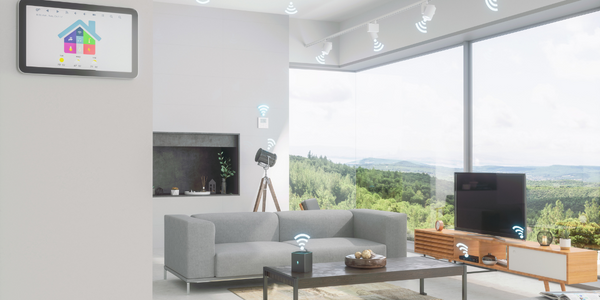
Case Study
Somfy Evolves Home Automation with Vodafone IoT
TaHoma® is a wireless, multi-protocol service with a single intuitive interface which brings together all the devices installed in a house and allows users to control them from a smartphone, tablet or computer. For many residences, Internet access using fibre or digital subscriber line (DSL) infrastructure may be not be available due to location, or simply not installed due to second and third homes not being occupied for a large part of the year.

Case Study
ASD Healthcare Delivers True Connected Care
ASD Healthcare’s Cubixx connected refrigeration solution was initially aimed at larger hospitals and pharmacies, utilising Wi-Fi or local area networks (LAN) for connectivity. With phase two, Cubixx would be rolled out to smaller practices and patients homes. The issue for ASD Healthcare was finding a single connectivity provider to cover the entire U.S., and facilitate international expansion.
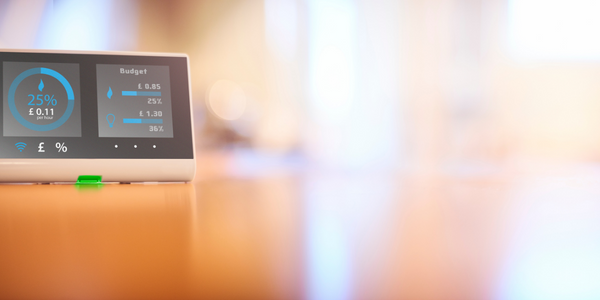
Case Study
Energy Savings of Up to 40% with Energy Data Management solution
Faced with rising global energy costs, and determined to fulfil its obligation to minimise its carbon footprint, Vodafone decided it needed a solution that would manage the way it consumes energy more proactively. To get the intelligence and global scale that it needed, Vodafone soon discovered it would need to build the solution itself.

Case Study
Underpins Expansion of UK Fire & Security System Leader
CSL invented integrated dual signalling back in 1996 and pioneered the move from wired to wireless technology in the electronic security industry. Today, its solutions protect over 350,000 premises throughout Europe. Working with Vodafone IoT the company is using its pedigree gained in the Fire & Security sector to move into new verticals where robust critical connectivity adds value to M2M/IoT applications.
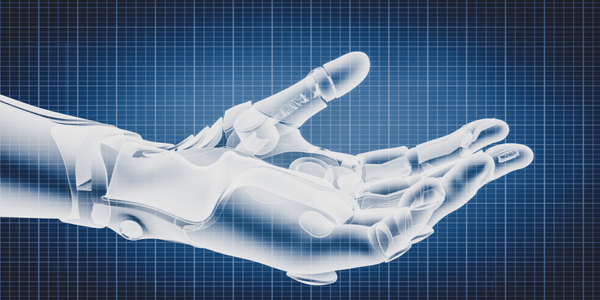
Case Study
Ekso Bionics Robotic Exoskeletons Improve Patient Mobility
Ekso Bionics products unlock human strength, endurance, and mobility potential, with broad applications across medical and industrial markets. One of their products is the robotic exoskeleton. This is a ready to wear, battery-powered robot that is strapped over the users’ clothing, enabling individuals to achieve mobility, strength, or endurance not otherwise possible. In 2016, Ekso Bionics received the first FDA clearance exoskeleton for use with stroke and spinal cord injury levels to C7.

Case Study
Increased Range and Flexibility for Custodia Systems Customers
Custodia Systems is a security consultancy based in the UK. It was founded in 2005 by Peter Thompson, a former Goldman Sachs technology and engineering lead, with start up capital of £4,000 (approximately €4,800). It is now the global distributor of Appello tracking devices and its products currently protect £150 million (€180 million) of construction machinery in the UK.The Appello device is a small, portable unit (no bigger than a smartphone) with a battery life of up to two years. It has no external wiring and cannot be located by scanning devices used by professional thieves like GPS (Global Positioning System) units.The device is hidden, for example among the engineering of a piece of plant machinery and sends out a regular signal to mark its present location. Worldwide, Custodia Systems claims 80% of stolen equipment is recovered and back with its owners within eight hours.To ensure consumer confidence and provide a competitive advantage, Custodia Systems needed a fail-safe communications infrastructure that needed to be international, reliable and as accurate as possible. In addition, to support the launch of the AppelloGEO – a new product that can be used globally – Custodia Systems needed a global platform and fixed price international tariffs.
Similar Suppliers.
---nasdaq--eric_1.jpg)
Supplier
Ericsson
Ericsson provides services, software and infrastructure in mobility, broadband and the cloud that enable the communications industry and other sectors to do better business, increase efficiency, improve their users' experience and capture new opportunities.Year founded: 1876Revenue: $26.8 billion (2014)NASDAQ: ERIC
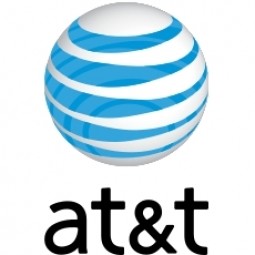
Supplier
AT&T
AT&T is the second largest provider of mobile telephone and the largest provider of fixed telephone in the United States, and also provides broadband subscription television services. The company's corporate, government, and public sector clients use its conferencing, managed network, and wholesale communications services.
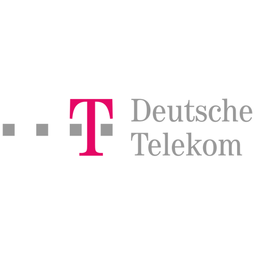
Supplier
Deutsche Telekom
Deutsche Telekom AG is a German telecommunications company headquartered in Bonn. Deutsche Telekom was formed in 1996 as the former state-owned monopoly Deutsche Bundespost was privatized. As of June 2008, the German government still holds a 15% stake in company stock directly, and another 17% through the government bank KfW. The company is a component of the Euro Stoxx 50 stock market index.







